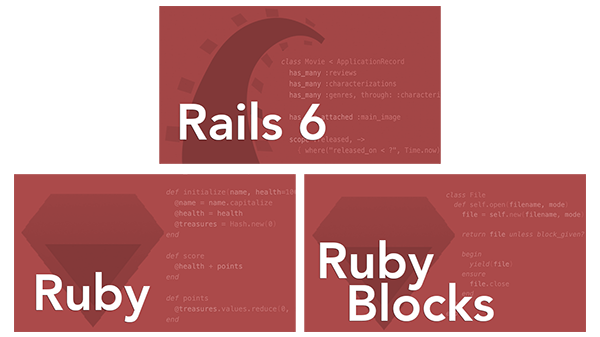Rails in 2017, For Reals?
April 12, 2017
Based on all our talk about Elm and Elixir recently, you may be wondering if we’ve kicked Ruby and Rails to the curb. Absolutely not!
We continue to use Rails every day for the same reasons we created our first Rails app 13 years ago and taught our first Rails course 12 years ago. When it comes to Rails, all the batteries are included. Out of the box, it just works. Any 5-year old will tell you that’s a huge selling point. Crack it open and start building an application that matters. It doesn’t force us to start by making arbitrary decisions about external libraries and tooling. That’s a recipe for procrastination. We want to make real progress.
Now, perhaps more than ever, we appreciate software that’s designed with intelligent defaults and sensible conventions. And you might think that after more than a decade this would be the norm. Surely any modern web development framework would deliver a similar out-of-the-box experience, right? And yet that doesn’t seem to be the case.
Rails continues to set a high bar in terms of fulfilling the promise of an integrated, full-stack framework. Equally impressive after all these years, Rails is still being actively developed and improved while holding true to the same core principles that guided its creation.
We will always look for the right tool for the job, and while Rails is no longer the media darling it once was, in many cases it’s still our go-to web development framework. So although we come at this from a different perspective than Rails’ creator David Heinemeier Hansson, we’re both bullish on Rails in 2017 and beyond.
Ruby and Rails Course Package
If you're ready to dive into developing with Ruby and Rails this year, there's no better set of courses to put you on a path to success than our popular Ruby and Rails Course Package.

